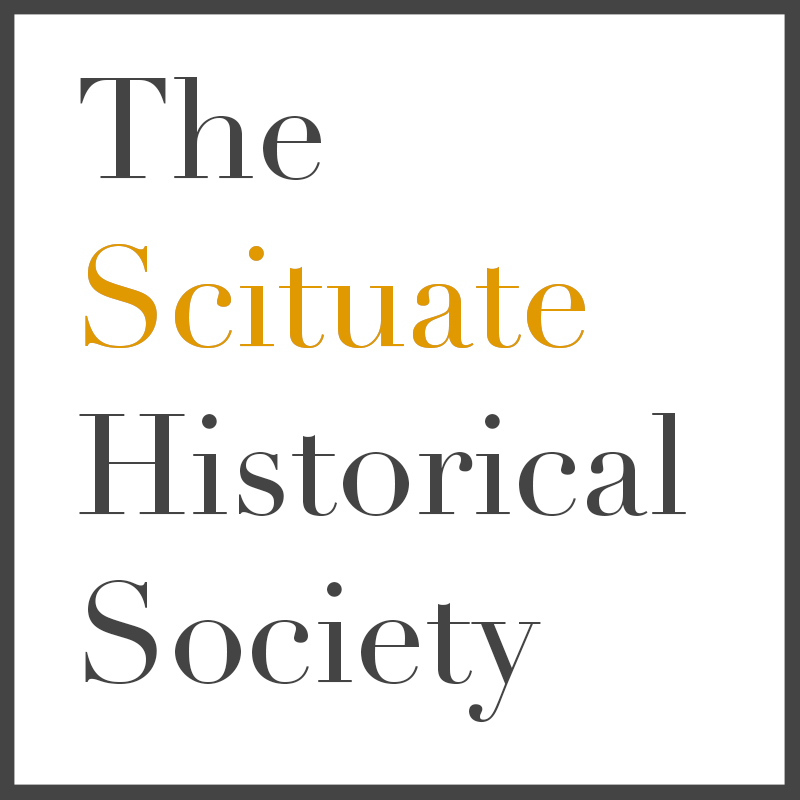COLLECTION HIGHLIGHT
Litchfield Cypher Book
Caleb Litchfield Cypher Book
Cypher Book c.1775
Ink on paper
Dims: H 15” x W 9 9⁄16”
Caleb Litchfield was born on May 8, 1760, the seventh of eleven children born to wealthy Scituate farmer and landholder Isaac Litchfield, a veteran of the French and Indian wars. Caleb’s mother was Isaac’s second wife, Hannah Hersey Litchfield. Caleb received a good education and studied the art of navigation for two years in Boston. At the age of sixteen, he enlisted and served as a private in the Revolutionary War, serving with land and marine forces until at least May of 1783. He received an honorable discharge and a pension for life. Caleb Litchfield married Betty (or Betsy) Dunbar, daughter of Elisha and Fear (Eldridge) Dunbar in the spring of 1789, in Cohasset. From November of 1789 to March of 1790, he became the master of the schooner Betsy, built in Cohasset in 1788. After that, he abandoned the sea and lived for a few years in Milton, Massachusetts, and around 1795 moved to Weathersfield, Vermont, where he purchased a large tract of land and carried on farming until his death at the age of eighty-two.
Caleb Litchfield’s cypher book is an exceptional example of a genre of work typically produced by young men who hoped to show that they had mastered the concepts necessary to begin their career at sea. In his cypher book, Litchfield beautifully scribed and illustrated mathematical and navigational exercises.
While the mathematical cypher book tradition can be traced as far back as Fibonacci’s Liber Abaci, or Book of Calculation, written in 1202, Joshua Hertel notes in his essay, Investigating the Implemented Mathematics Curriculum of New England Navigation Cyphering Books, that the growth of shipping as an industry in the 16th and 17th centuries created a need for specialized training in the geometry and trigonometry of sailing, and led to the emergence of cyphering books specifically dedicated to navigation. Following this European tradition, New England boys who aspired to become navigators throughout the 17th and 18th centuries needed to prove to shipmasters that they had mastered the mathematics of seamanship. A well-prepared and attractive cyphering book was a significant part of their education. Cyphering books belonging to both Abraham Lincoln and George Washington are in existence today.
In 2008, conservators at the Northeast Document Conservation Center assessed, documented and photographed the condition of the cypher book. Pages were then surface cleaned and deacidified and repaired as necessary with Japanese kozo paper and wheat starch paste. Guards were added to single leaves to make sewing possible. The volume was sewn with linen thread into a fold of handmade paper, and housed in an archival box.
Curriculum Connections
This Scituate Historical Society Collections Highlight connects with the following Massachusetts State Curriculum Frameworks:
Geometry Content Standards, Similarity, Right Triangles, and Trigonometry
C. Define trigonometric ratios and solve problems involving right triangles.
6. Understand that by similarity, side ratios in right triangles are properties of the angles in the triangle, leading to definitions of trigonometric ratios for acute angles.
7. Explain and use the relationship between the sine and cosine of complementary angles.
8. Use trigonometric ratios and the Pythagorean Theorem to solve right triangles in applied problems.
D. Apply trigonometry to general triangles.
9. (+) Derive the formula A = ½ ab sin(C) for the area of a triangle by drawing an auxiliary line from a vertex perpendicular to the opposite side.
10. (+) Prove the Laws of Sines and Cosines and use them to solve problems.
11. (+) Understand and apply the Law of Sines and the Law of Cosines to find unknown measurements in right and non-right triangles (e.g., surveying problems, resultant forces).
